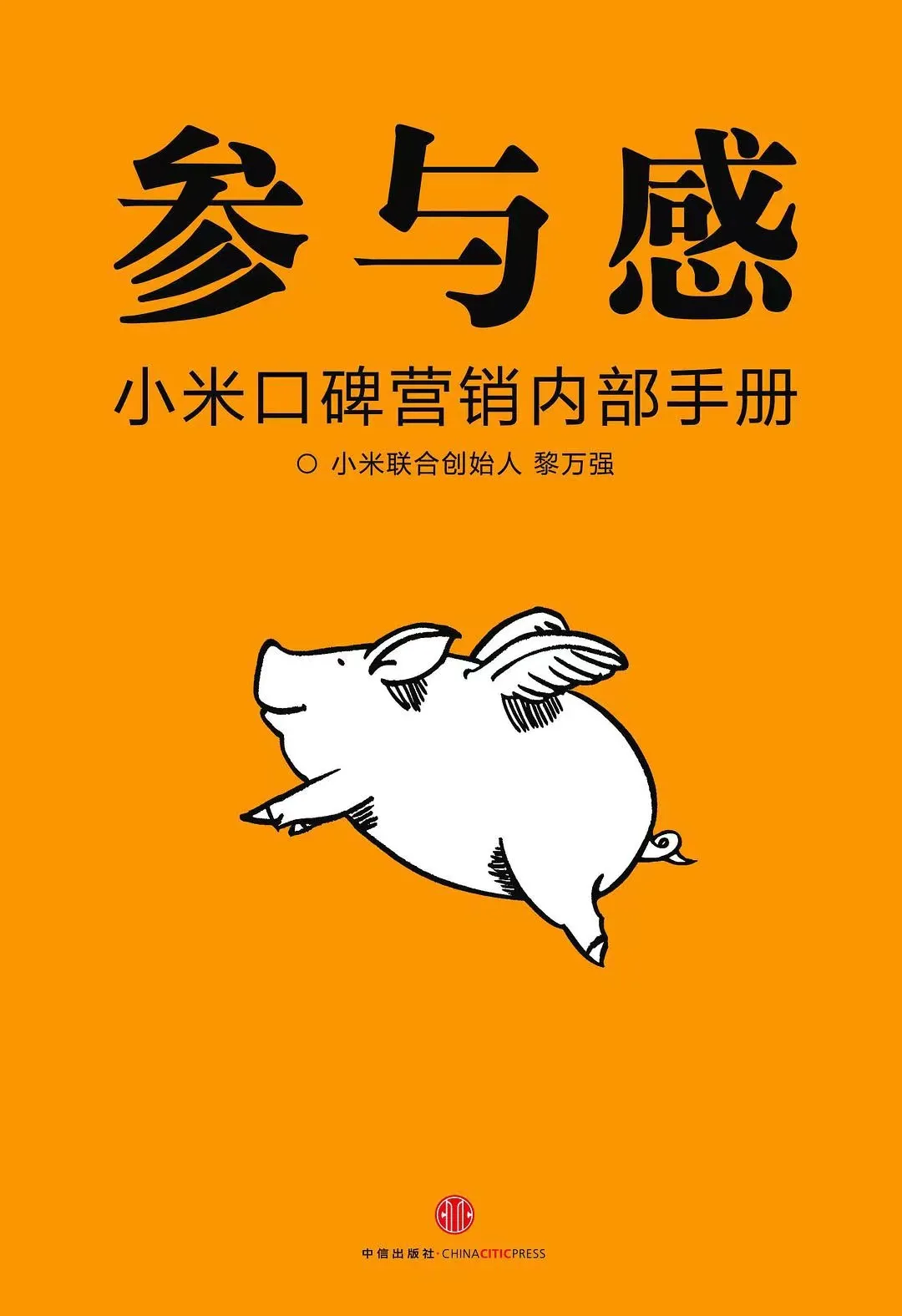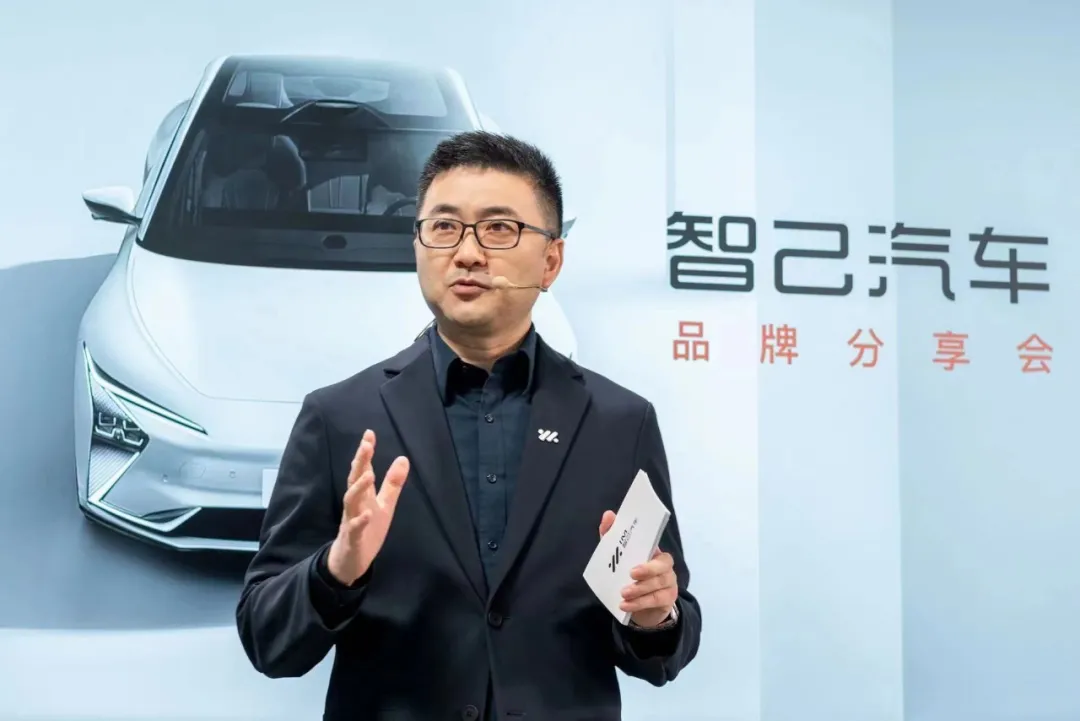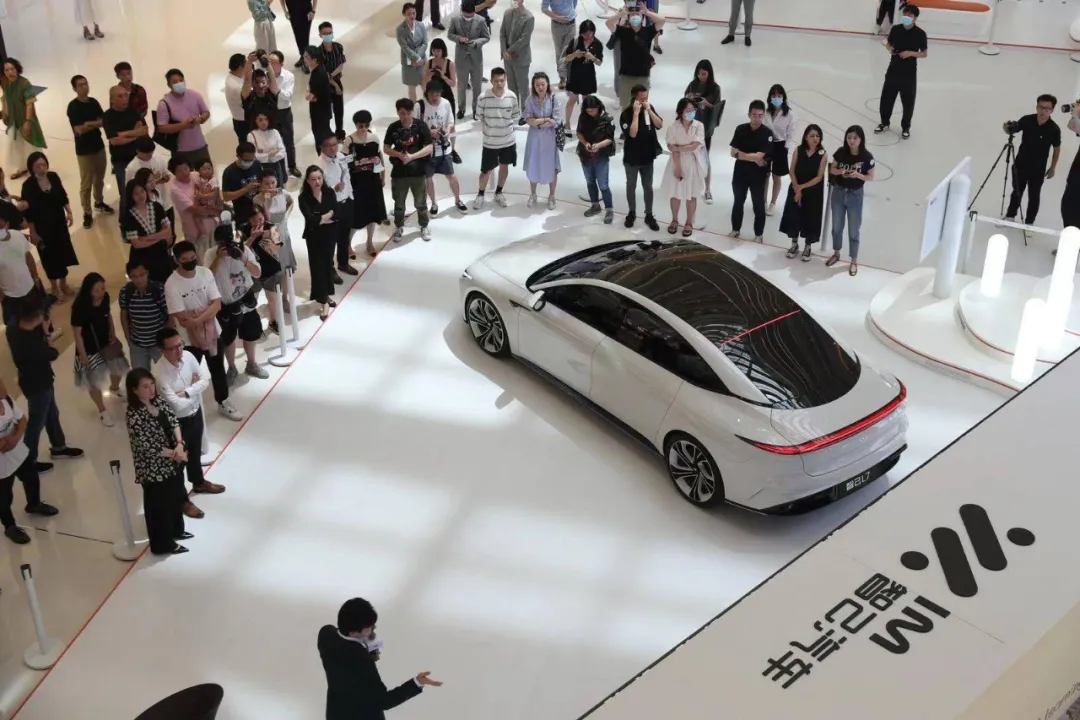Translation
CX100, a media platform under the Outing Bai Ren, focuses on the evolution of the automobile travel industry chain.
Author: Zheng Wen
In August 2014, the publication of “The Sense of Participation: Xiaomi Word-of-Mouth Marketing Internal Manual”, written by Li Wanqiang, co-founder of Xiaomi, caused a huge response.
The author believes that word-of-mouth is king at the core of internet thinking. The essence of word-of-mouth is user thinking, which is to let users have a sense of participation.
So, in the process of enterprise operation, how to quickly build a sense of participation?

Li Wanqiang believes that building a sense of participation is to open the process of making products, services, brands, and sales to allow users to participate in and build a brand that can be touched, possessed, and grown with users.
In terms of user operation and marketing models, NIO has learned from Xiaomi, which created the myth of word-of-mouth, and focused on user participation. The difference is that NIO has built a dissemination ecology centered on the NIO APP community and supplemented by Weibo and WeChat, further refining the concept of “user-centric enterprises”, and writing it into its 2018 IPO prospectus.
Since then, building a user-centric company has become the motto or mantra of emerging and traditional car companies.
Of course, as the saying goes, the waves behind drive on those before. Some emerging car companies have innovated and developed in the process of creating a user-centric company.
This article will select several cases to explore the origin and flow, thoughts, and actions of user-centric companies.
Is It Easy to Build a User-Centric Company?
First, let’s clarify a concept. What is a user-centric company?
There is a comprehensive summary on Zhihu. The so-called user-centric enterprise not only refers to improving the user’s experience in purchasing and after-sales services but also deeply embeds the user experience into the product development process.
Along with the birth of a user-centric company is a concept called co-creation.
The Haval brand is undoubtedly the most visible in the co-creation world. Although there were both praise and criticism when the “big dog” naming of Haval was announced, it cannot be denied that it caused a lot of discussion. Even before the car was launched, the name made it popular.
The examples of over-serving customers are also common, whether it is the Hai Di Lao hot pot that has long been famous for playing contrast, or the companies that promote various discounts and sales under the guise of usernames, all of which make people feel overwhelmed. Everyone is a consumer, and honestly, some services not only fail to solve problems but also make people feel annoyed.
Therefore, this can only be a pseudo-user-centric company.
When further interpreting user-centric companies, let us first define a concept: What is good service? Do what you need to do on time.
 # A Checklist for Customer Service
# A Checklist for Customer Service
An employee of a new force in the automotive industry recently wrote a book called “Lifetime Customer” by American excellent dealer Carl Sewell, which reveals some things. Carl summarized a checklist for customer service with 10 points:
- What’s the benefit to the user?
- Is this benefit easy for the user to understand?
- What impact will this idea, plan or system have on our employees?
- Will it affect our existing system?
- Have others had similar successful experiences? Can we learn from them?
- Where might things go wrong?
- Will it give us a competitive advantage?
- How much does it cost?
- Will it be profitable?
- When should we evaluate it?
“Before we try to change the existing way, ask these 10 questions each time, and make sure we are satisfied with the answers to each question before doing so,” said Carl.
Let’s take a recent example and check it against Carl’s checklist.
On January 13th, ZhiJi Auto, based on in-depth research of intelligent electric vehicle high-end users, launched an exclusive and customized service package, “IM Care Key High-End Service Pack” with a price starting from 8,999 yuan. It targets the pain points such as “New energy premium increases”, “Maintenance time”, and “Over-servicing”, including high-value products and high-frequency services such as “Brand Car Insurance”, “Door-to-Door Fine Cleaning”, “Door-to-Door Maintenance”, and “Long-Distance Charging”. All services can be “enjoyed with one click”.

Liu Tao, co-CEO of ZhiJi Auto, said that the service meets the full-scenario maintenance needs of 99% of high-end users in one-stop, truly bringing time and exclusive services to users.
When introducing the design intention of the service brand, he said, “When we carefully consider the service brand setting, we are more thinking about providing appropriate and accurate services for users. Instead of over-servicing. We hope that the user experience is good and accurate. We provide saturated services for what he wants, and we don’t want to be excessive for what he doesn’t want. This is the concept and intention of our design.”
Liu Tao also emphasized, “We use SAIC’s high-quality resources, select the best service providers and partners in each city, and operate the entire delivery service center together.”
 # “IM Care One-Click” Receives High Attention and Discussion from Users
# “IM Care One-Click” Receives High Attention and Discussion from Users
The release of “IM Care One-Click” has received high attention and enthusiastic discussion from users of IM Automobile, especially from angel and A round users, who have given suggestions and expectations on benefits such as quality guarantee, charging, and data usage. IM Automobile has made quick decisions through comprehensive analysis, and provided a series of “lifetime” promises such as “lifetime quality guarantee”, “lifetime free charging”, and “lifetime free roadside assistance”.
For example, in terms of charging, angel investors can enjoy the benefit of 3,000 kWh of public charging and unlimited brand-built charging per year for their lifetime, while A round investors can enjoy the benefit of a total of 3,000 kWh of free public and brand-built charging per year. Unused benefits can be exchanged for crystals of equivalent value, providing a service that meets users’ needs.
By comparing IM Automobile’s case with Carl’s inspection report, we can see that some of the problems have already been answered in the above introduction. Through co-creation with users and mining their real needs, IM Automobile has truly brought innovative and high-quality experiences to users. However, some issues require further explanation, while others may need time to verify.
For example, in the actual service process, there may be many aspects that need to be optimized and iterated. On the one hand, we need to learn from pioneers who have launched similar services. On the other hand, we need to establish a sound training system and standardize the service process to improve service quality.
Doing Difficult Things Correctly
As mentioned earlier, a user-oriented enterprise not only refers to improving user experience in purchasing and after-sales services, but also deeply embeds user experience into the product development process.
This is user thinking. Obviously, it has a fundamental difference from the traditional product development concept of automobiles.
In fact, “engineering thinking” has always been dominant in the development of the automotive industry for more than a century, and “performance” has played an absolutely important role in this process.
In the history of automotive development, the hierarchy of performance is clearly defined, from engines with different numbers of cylinders, to the important components that determine power, occupying the most core position in the value system of automotive products, with profound accumulation and firm barriers. This is also an important reason why Chinese automobile brands lag behind foreign brands.
However, in this electrification and intelligent transformation, the value system of automotive products is changing from “performance stimulation” to “intelligent experience”. Therefore, product value is redefined, and consumer experience becomes more important.In terms of intelligence, automotive products are closely related to the user experience of drivers and passengers. This inevitably leads to a trend where user experience plays an increasingly important role in product development. This is not only a narrow concept of user services related to purchasing and after-sales services, but a complete change in the definition of automotive products that requires deep involvement of “users”.
Looking back, emerging automotive companies that stand out are all good at developing products based on user thinking and customized services.
Furthermore, in the digital economy era, data, computing power, and algorithms have become key resources for human wealth creation. User data-driven product and service iteration has become the core driving force for enterprise development.
In fact, many brands with good iterations of intelligent driving and intelligent cabin systems rely on user data to continuously iterate artificial intelligence and neural network algorithms. However, these brands have not shown enough respect to the users who provide this data, nor have they shared the dividends of the brand’s growth with users.
Taking the case of IM Auto as an example, as a pioneer in building a user-centric enterprise, it not only recognizes the value of user data, but also shares the growth gained from user data with users.
Based on an interpretation of the logic of the times, IM Auto proposes to be the “terminator of white piracy of user data” through innovative creation of the YUANSHIGU user data equity plan. This plan uses 300 million “YUANSHI” corresponding to the growth equity of IM Auto’s founding value. The plan rewards the contribution of user data with data equity.
In August 2021, YUANSHIGU was launched, and the “User Data Equity Plan” officially entered the operational stage. “YUANSHIGU” has for the first time constructed a system of value determination for user data and a community order for future forms. It continuously aggregates user data and creates data value, allowing users to reap real data equity.
There are multiple ways to obtain YUANSHI, including randomly dropping while using the vehicle, participating in brand co-creation and interactive tasks, and more importantly, incenting YUANSHI by the data generated during travel. The output rule follows the “halving every four years” rule, so the chance of obtaining YUANSHI is theoretically greater in the early stages. Eventually, YUANSHI will be returned to users through the agreed-upon method, exchanging for software and hardware upgrade packages such as battery packs and intelligent driving functions.
“Liu Tao believes that only by regarding users as important operating resources and strategic assets of the enterprise can it become an “ultimate user-oriented” automotive company that binds users and ourselves to the train of the times and shares the dividends of this era.”For the sensitive issue of user data privacy, Zhi Ji Automobile has also taken it into consideration.
On the one hand, Zhi Ji Automobile has done a lot of technical groundwork in data isolation, protection, encryption, transmission, and decryption in communication and security mechanisms by cooperating with Alibaba.

On the other hand, Zhi Ji Automobile has established very clear standards from the perspective of product definition.
“We will never collect any passenger’s complete facial expressions in the vehicle. For sound and passenger situation, we also implement bottom-level security isolation. We have established the IDPP User Privacy Management Committee, which is managed by the management team themselves,” promised Liu Tao.
At the same time, Zhi Ji Automobile has proposed the concept of “Data Pot” and created a new segment, DFV Data Feed Validation, which is based on real-world scenario data verification in the design verification and product verification processes to continuously verify and refine user experience, to ensure that Zhi Ji L7 becomes a deep intelligent car when it is officially delivered to users.
By verifying data in nine major cities’ real-world scenarios, Zhi Ji Automobile fine-tunes the intelligence performance of user touchpoints and product software systems, and optimizes the perception system, domain controller software, human-machine interaction, and other aspects of the production car under high-load usage scenarios in best calibration.
At the end of 2021, the first batch of 200 Zhi Ji Automobile L7 Beta test version were released for system testing users in SAIC intelligent factory, and the “urban tour” in nine cities nationwide was launched simultaneously.

According to the introduction, these 200 cars can collect various real-world data of autonomous driving in different cities and transmit them back to the data factory every day, every hour, and every moment through the cloud, iterating the existing systems.
As mentioned above, the new paradigm created by Zhi Ji Automobile redefines a new standard for the intelligent car development process, which uses real-world data as the “golden key” to rigorously verify the intelligence performance of deep intelligent cars, allowing for a more high-quality user delivery experience.
It can be said that from creating the “Original Stone Valley” to the “Data Pot”, and then to the birth of the service brand, Zhi Ji Automobile has always insisted on doing difficult and correct things.
To this day, we still cannot say for sure which model is better in the marathon of pursuing “user-centric enterprises” or who will go farther and better. However, we can at least see the outlines of excellent models such as Zhi Ji and NIO.
In conclusion:
In “The End of the Customer,” Carl emphasizes that we should not be pleased with having current users and “do something for him” is the way we maintain our relationship with users.Some people may say, “This is a waste of money. Everything you do is just taking money out of your pocket.” Their reason is that these existing customers will choose you regardless, and rewarding them is foolish.
However, Carl doesn’t think so. Every time he is with a customer, he asks himself: how much money will this person spend with you in their lifetime?
Then he answers his own question: you don’t want to do business with someone just once, you want to have their business forever.
Almost 60 years later, Carl’s words still echo.
This article is a translation by ChatGPT of a Chinese report from 42HOW. If you have any questions about it, please email bd@42how.com.
